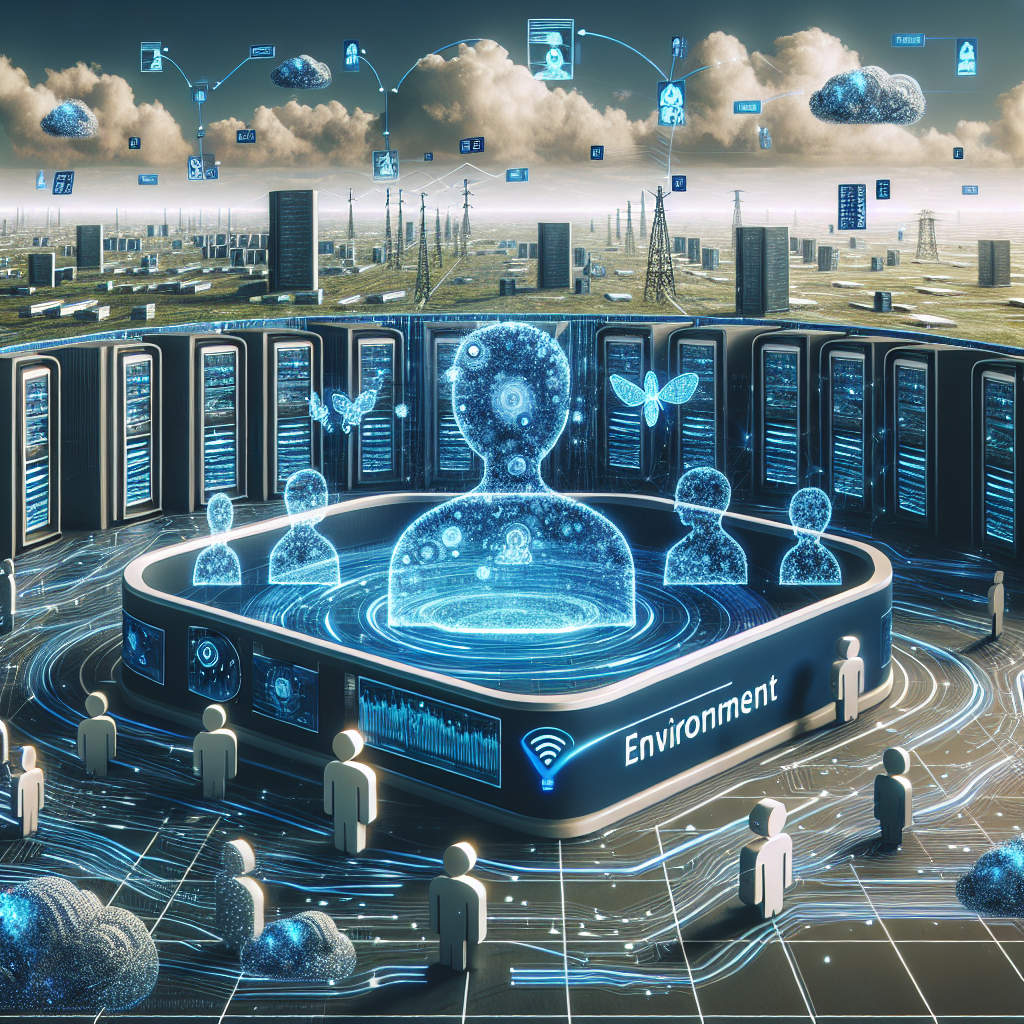
In a rapidly evolving landscape of artificial intelligence, Big Tech leaders have long envisioned a future where AI agents autonomously navigate software applications to efficiently perform tasks for users. However, experimenting with current consumer AI agents, like OpenAI’s ChatGPT Agent and Perplexity’s Comet, reveals a stark reality; the technology still has significant limitations. To overcome these challenges, the industry is exploring advanced methodologies that involve the utilization of reinforcement learning (RL) environments.
These RL environments function as meticulously simulated workspaces where AI agents can engage in multi-step tasks, akin to how labeled datasets propelled the last surge in AI capabilities. This innovative approach is drawing the attention of AI researchers, startup founders, and investors alike. Many industry insiders highlight a burgeoning demand for RL environments from leading AI labs, which are actively seeking to refine their agents by leveraging these advanced training frameworks.
Jennifer Li, a general partner at Andreessen Horowitz, sheds light on the current landscape, stating, “All the big AI labs are building RL environments in-house. But as you can imagine, creating these datasets is very complex, so AI labs are also looking at third-party vendors that can create high-quality environments and evaluations. Everyone is looking at this space.” This sentiment underscores the potential for startups in this niche, as the growing demand presents vast opportunities in the marketplace.
Emerging companies such as Mechanize and Prime Intellect are cautiously stepping into this contested domain, vying for the chance to become frontrunners in delivering cutting-edge RL environments. Simultaneously, established data-labeling firms like Mercor and Surge are ramping up their investments in RL environments, recognizing the need to evolve from traditional static datasets to more dynamic and interactive simulation frameworks. Reports have indicated that major labs, including Anthropic, are contemplating substantial financial commitments, possibly exceeding $1 billion, to develop these environments over the coming year.
The ambition among investors and founders is that a few of these startups will rise to prominence as the “Scale AI for environments,” a reference to the $29 billion data-labeling powerhouse that played a vital role in the chatbot revolution. This newfound focus on RL environments signifies a critical shift towards developing more sophisticated AI agents that can genuinely enhance business processes and interactions.
However, a pivotal question persists: will RL environments truly propel advancements in AI capabilities? As startups dive into this new terrain, the success of RL-driven environments in unlocking greater AI potential remains to be seen. The challenge lies in whether these frameworks can effectively address current shortcomings, enabling AI agents to meet the increasingly complex demands of users and businesses alike.
The upcoming TechCrunch Disrupt 2025 event serves as a platform for industry leaders to explore the implications of these advances. With participation from over 10,000 tech and VC leaders, the conference aims to facilitate connections and insights into the future of AI and its transformative potential across industries.
As discussions surrounding the future of AI and the role of RL environments unfold, the industry’s collective focus on fostering innovation and collaboration suggests a promising horizon. With the combined efforts of startups, established firms, and research labs, the quest to redefine how AI agents function is at the forefront of technological aspiration. As the landscape develops, the potential for broader applications, improved effectiveness, and transformative change remains a viable path for those involved in AI’s evolution.

Leave a Reply